Tart Crust
Crumbly, or crunchy, making the perfect TART CRUST is easier than you think. Knowing how to make this easy shortcrust recipe is super useful for making well-loved desserts or your own creative home cook experiment. This is your gateway skill to the wonderful world of baking.
Have you ever wondered what makes a specific food so addictive? No, it’s not just about the taste but also by the sensation you feel when you eat it. I especially love how a shortcrust pastry crumbles in my mouth and gives off a sweet sandy sensation. If you’re super into pastries, just like me, you’d know that a good tart crust creates this effect perfectly.
So, why do you need to know how to make a great crust? Let me tell you this, friend. Even if you know many yummy tart recipes, the one thing that will surely set your pastry apart is a good tart crust. Because I want you to be the best home cooks you can be, I’ll show you an easy shortcrust recipe you can do in your own kitchen today!
Tart Crust vs Pie crust
You may think that these two are similar, and they are in some way, but there is a very distinct difference between a good pie crust and great tart shells.
The difference between these two pastries is that pies are made with a baked pastry base enclosed with a thin sheet of dough. So when baked, the dish in it would cook evenly while leaving a perfectly baked filling inside.
However, tarts are done the same way except that it’s not enclosed. When baked, the heat cooks the top layer of the filling making the whole pastry more firm.
A significant difference between the two is also their crust. Although both are buttery and baked, pies have a softer and flaky crust. This is due to the butter melting during the baking process leaving pockets of air in the pastry. Tarts, on the other hand, are firmer and less flaky because you will have to poke holes on it so that the steam can escape.
A good tart crust must be firm enough to hold the filling but soft enough that it crumbles in your mouth.
Three Kinds of Shortcrust Pastry
There are many different forms of crusts that you can use to make your pastry, each one has a specific use, but what I’d like to share with you today are three of the most commonly used in making baked dishes: Pâte Brisée, Pâte Sucree and Pâte Sablée.
Pâte Brisée
This is the type of pastry base you would want to use when making savory pies. It’s perfect because it has little to no distinctive taste. Although it’s butter-based, this type of crust is very fragile and crumbly. It doesn’t really rise when you bake it so the form stays as it is. To achieve the perfect consistency when baked, you should follow the 3-2-1 rule. That’s three parts flour, 2 parts fat or butter, and 1-part water. Mix this all together and you’ll have a great crust.
Pate Sucree (Sweet Pastry)
This type of pastry is light, sweet, and crisp. This is mainly used in making small flaky bit-sized tarts. Its sweet base is good enough as it is that’s why it’s also used as an edible ice cream bowl. However, this type of pastry can also easily become soggy if exposed to too much moisture. This is prepared by making it into a dough and lining in the baking pan.
Pate Sablée (Shortbread)
This type of pastry is the richest in flavor among the three because it has the most butter in content. It is also one of the easiest to prepare because you don’t have to turn it into dough before baking it. It would form a sandy consistency that you would simply tamp or press on your baking pan to form its shape. This technique is also used in making no-bake cheesecakes.
Personally, I love the shortbread type of pastry. It’s so convenient and wouldn’t consume much time which means I have more time to focus on my tart filling.
Crust Ingredients
It’s important to know the roles of each ingredient and how they make your shortcrust pastry awesome. The great part about this is that all the ingredients you’ll need are easily available, if not already in your pantry.
All-purpose Flour – this ingredient is the foundation of our whole pastry. It makes up the whole structure of our crust. It’s important that we use all-purpose flour rather than cake or bread flour because we don’t want too much gluten development.
Powdered Sugar – naturally, sugar is seen as a sweetener. However, when used in making tart crusts, it makes the whole pastry tender and fragile. This is the reason why we’re using powdered sugar. We want the sweetness with a little crumbly texture.
Very Cold Butter – the reason why we’re going to use cold solid butter is that we need to have small pockets of air in our crust to make it a bit flaky and crumbly at the same time. This will melt as we bake our pastry which will give us small air pockets from the steam.
Vanilla Extract – aside from the vanilla flavor, this ingredient also enhances the taste of the other ingredients such as the richness of the butter and the sweetness of the sugar. See our How To Make Homemade Vanilla Extract HERE.
Egg Yolk – this acts as a binder for all of our ingredients, although all the other ingredients are already cohesive. The yolk would help maintain its form so that it wouldn’t crumble as you pick the whole dish up.
Tasty Pastry Recipes You’ll love
Mouthwatering isn’t it? You can also read related posts from this one to satisfy your eyes and appetite. Here is a curated list of recipes you can try right now.
How to Make Tart Crust From Scratch?
One reason why I love this tart crust recipe is that it’s so easy to do and it’s not messy at all. Unlike other crusts, this recipe only needs about a few minutes to finish. Interested to know how this recipe works? Here’s an easy step by step guide on how I made mine so delicious.
Preparing the Dough
Butter or spray a 10-inch pie pan with a removable bottom – making sure it has been adequately sprayed. Set aside. Place flour, salt, and sugar in a food processor. Pulse for a couple of times to mix the ingredients. Throw in butter and pulse until rough dough forms. Then add the egg yolk and pulse until the dough barely comes together. Add the vanilla extract.Shaping the Crust
Scoop the dough onto the pie pan and lightly press the dough on the prepare pie pan – working from the center up until the bottom and sides are fully covered with pastry. Again, be very gentle when pressing the dough onto the pie pan. You may use the back of a measuring cup to aid in this process.
Place the pie pan in the freezer and freeze for at least 30 minutes or more. This helps to prevent the dough from rising. If you are in a rush, then bake the crust with beans in it (to act as weights) and prevent it from rising. Preheat oven to 400 degrees F (205 degrees C) and place rack in the center of the oven. Place the tart/pie pan on a larger baking sheet then bake until golden brown – about 13-15 minutes. Remove the tart crust from the oven and place it on a wire rack to cool. Then you’re ready to fill it with this lemon curd or whatever fillings you desire.




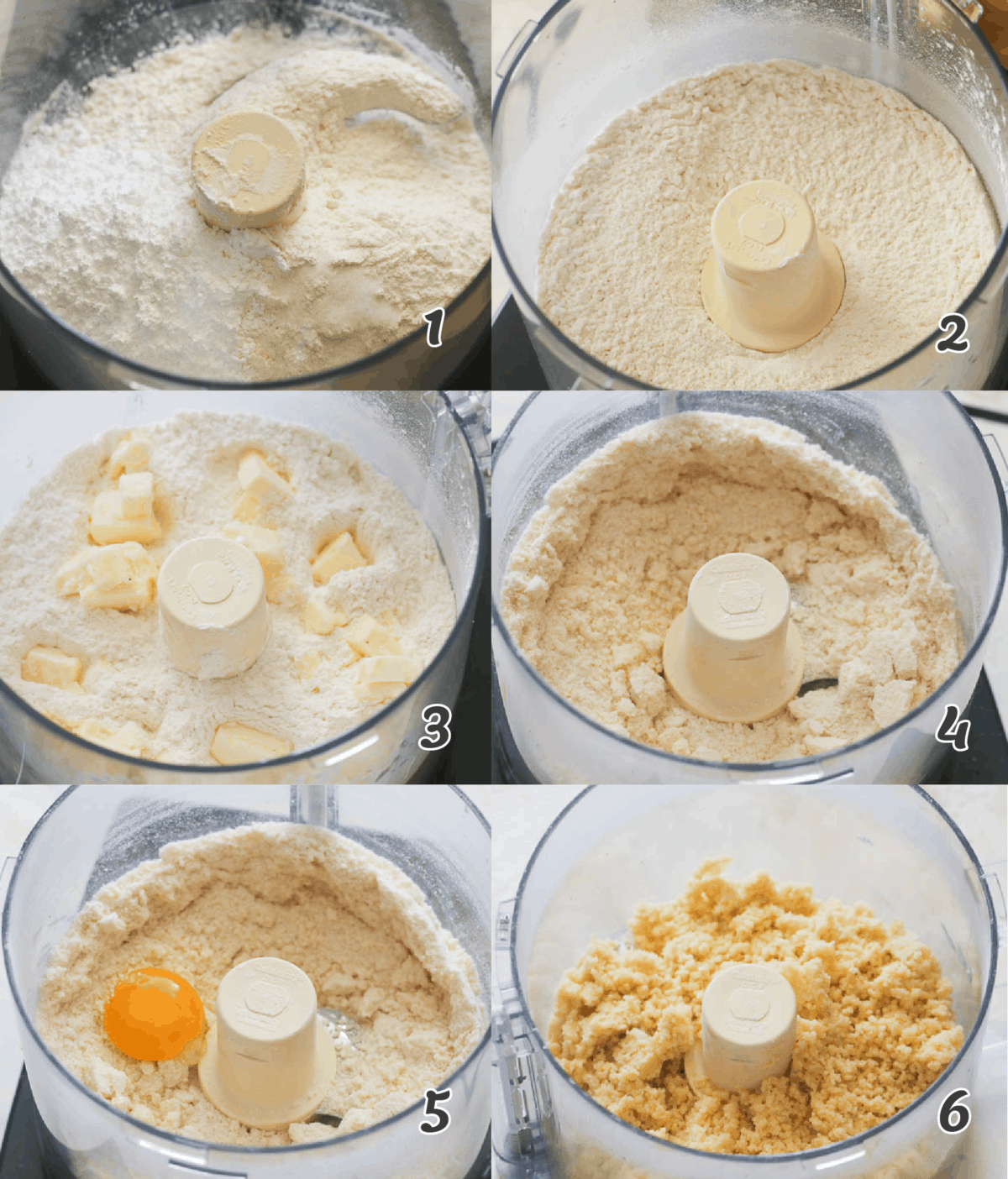
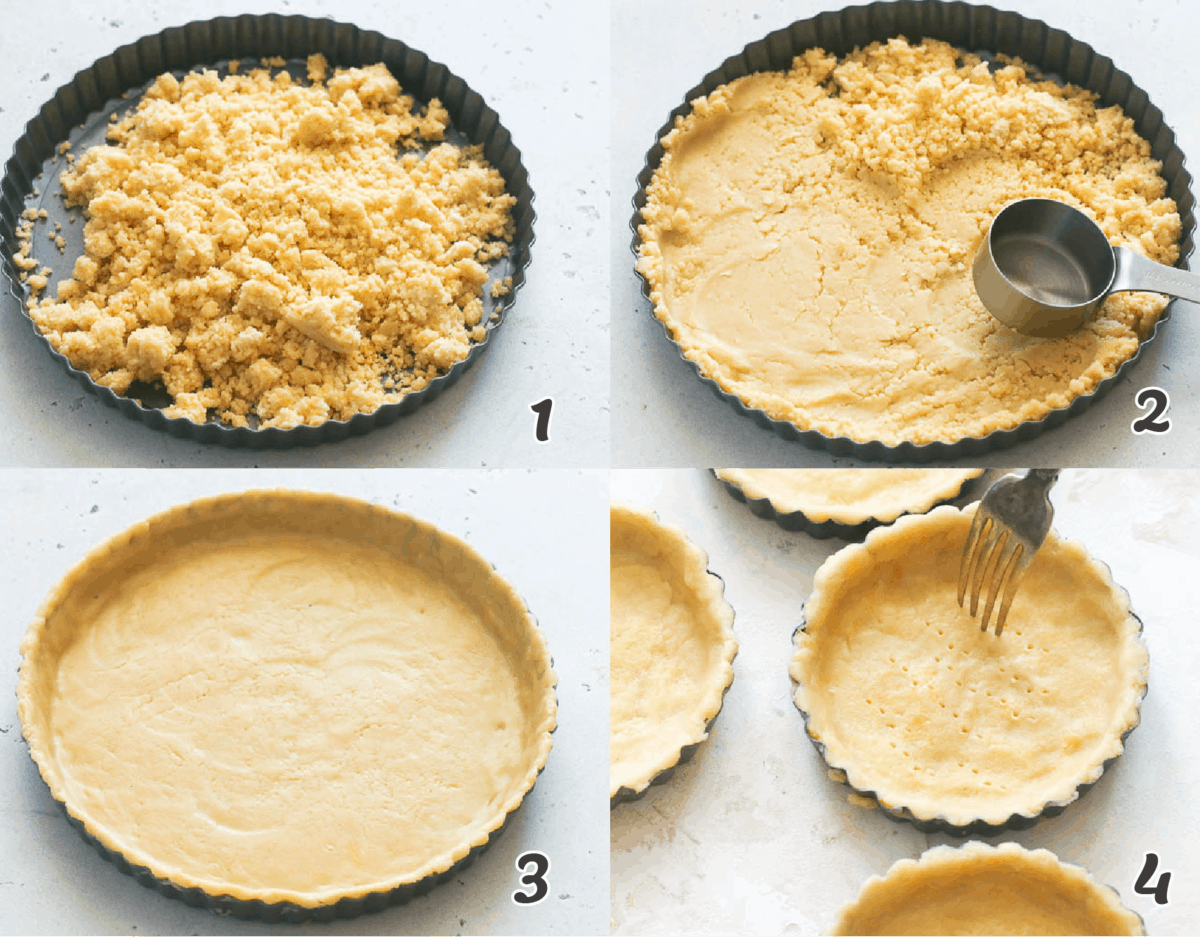

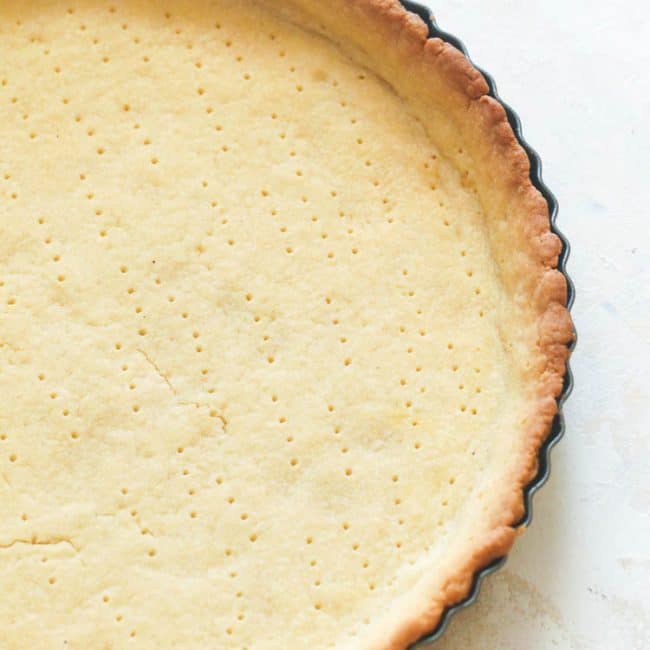
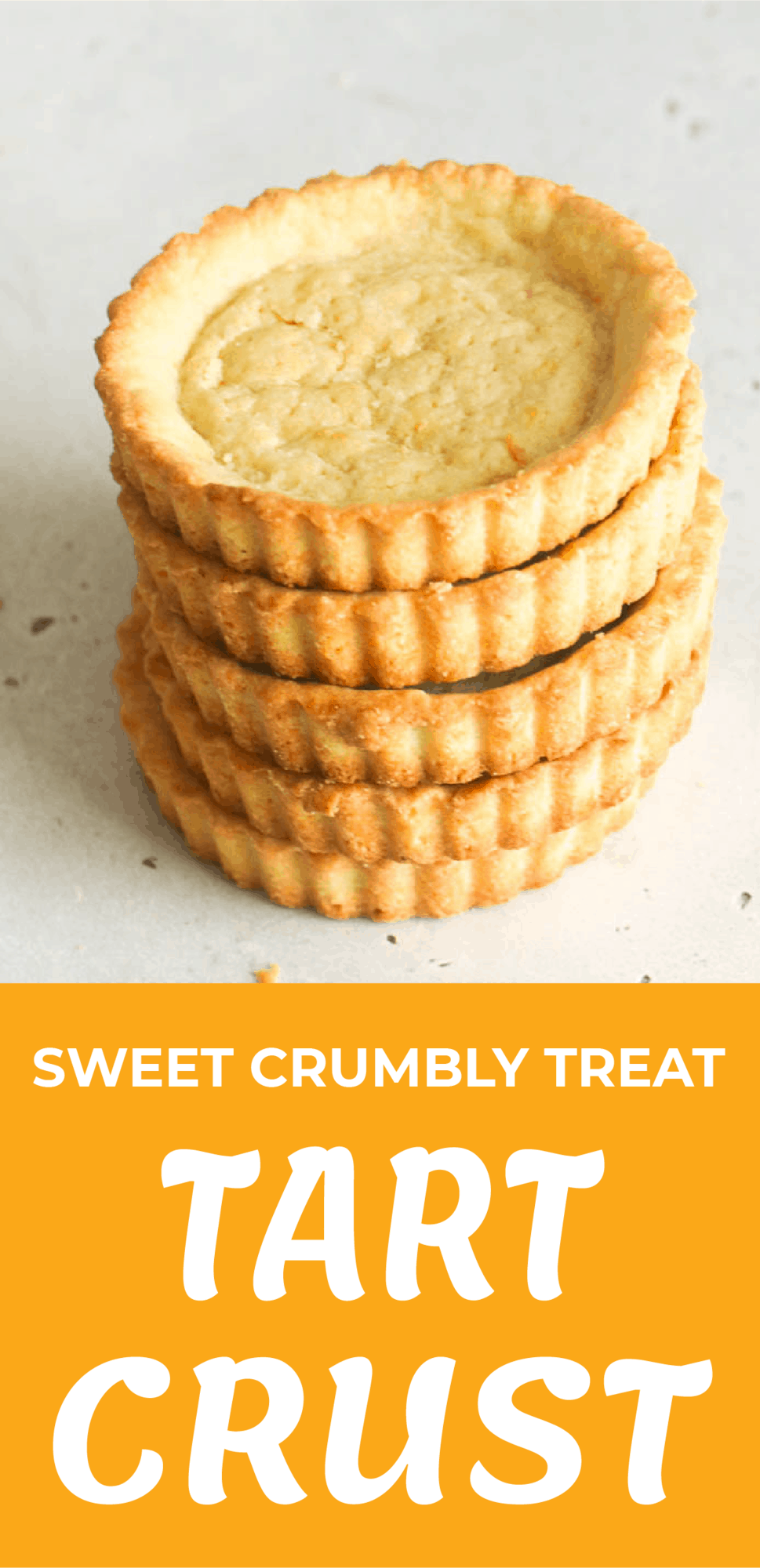
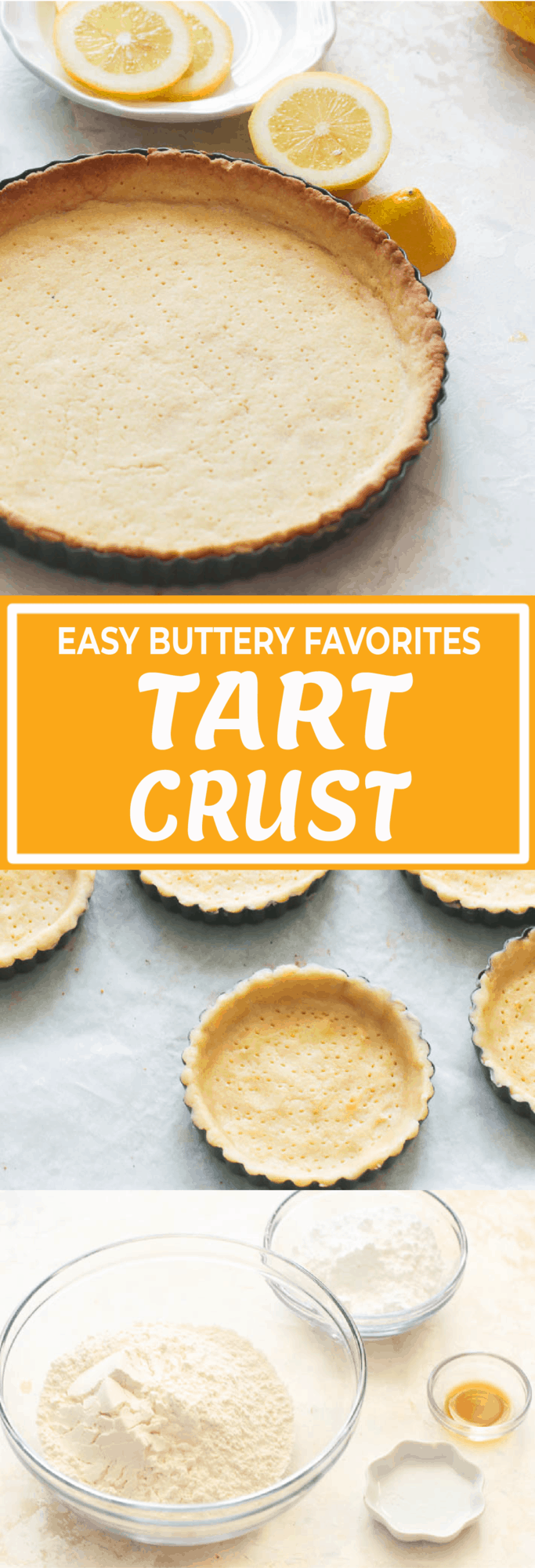
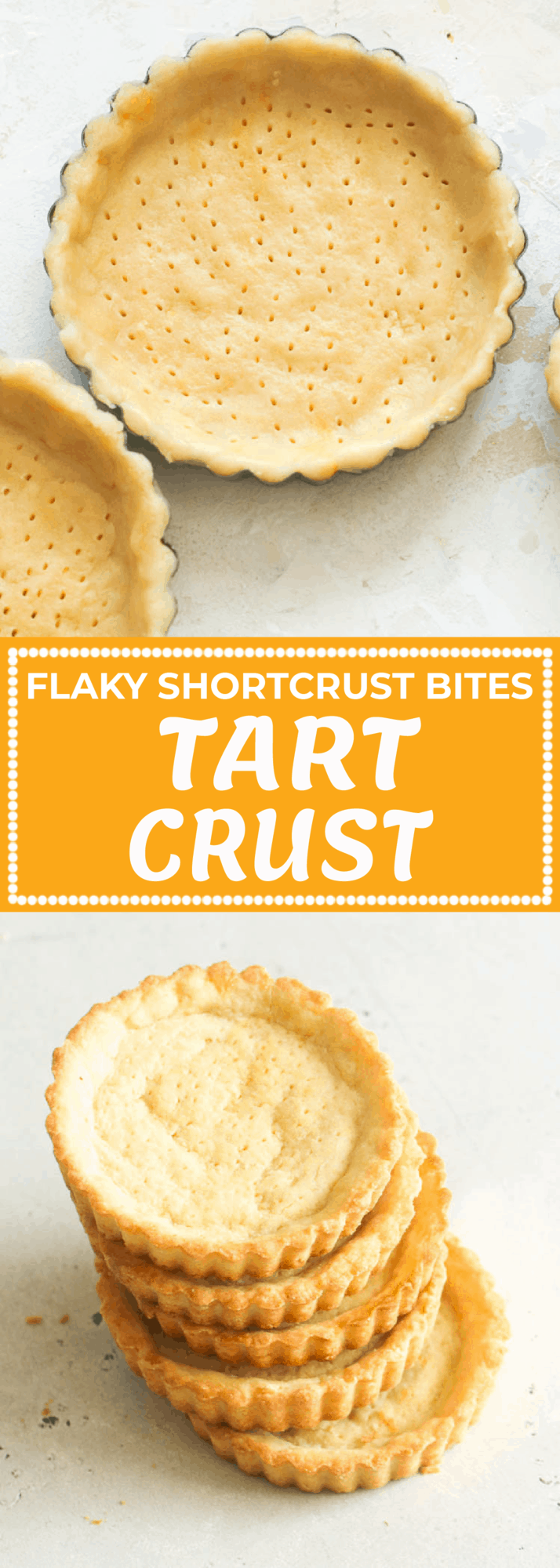
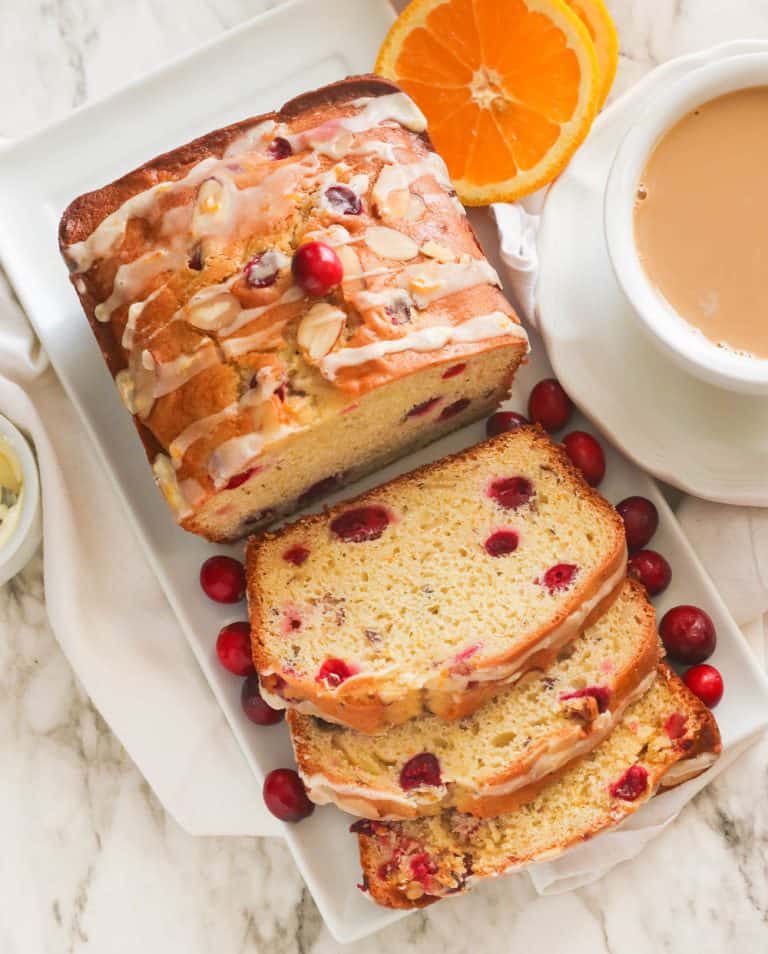

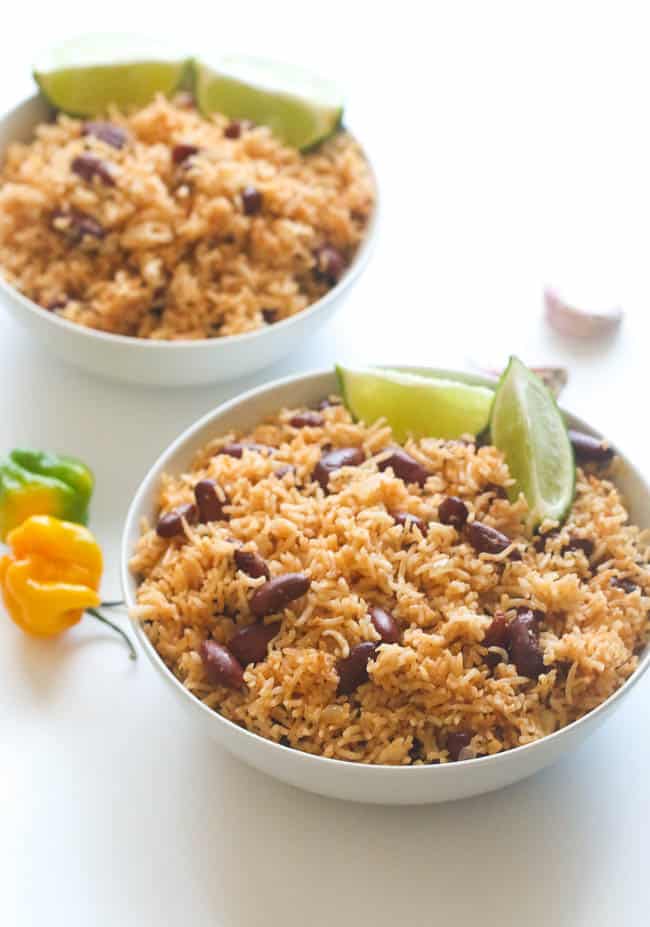

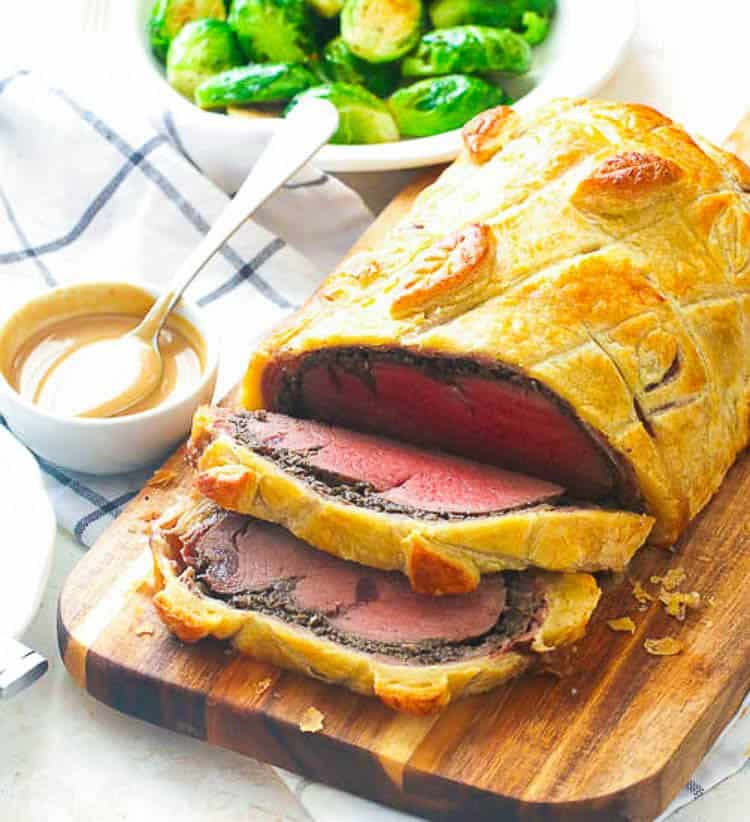
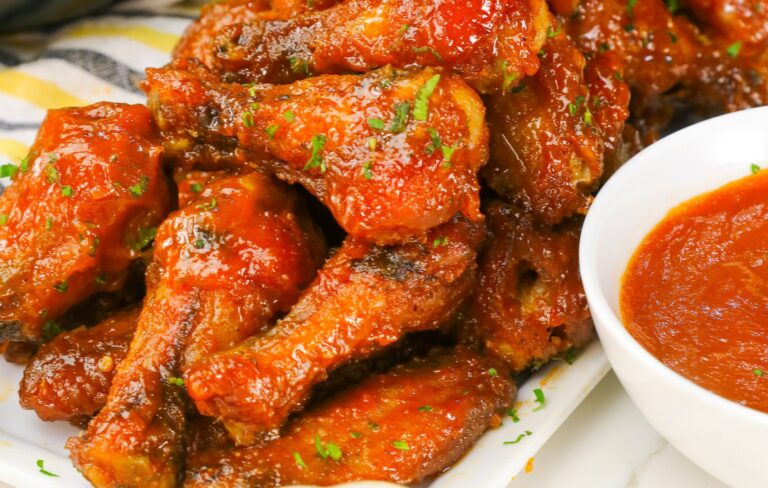
Imma; ya veo que no te interesa tenerme como seguidora, solo te interesan seguidores de habla inglesa. No pasa nada, me retiro y espero que te vaya muy bien. Saludos
On the contrary I love having you around, Wendy. What made you think otherwise?
Hola Imma; Después de ver tu maravillosa tarta de limón, me hice una para mí, con nó lácteos. Mi hija la vió (hace más de 1 año que no la veía, vive en Dubai ) y se le antojó. La haré en tartaletas individuales, porque no me apetece tirar la mitad de la tarta. Éstas cantidades harán 8 tartaletas?. Muchísimas gracias de antemano. Besitos y por favor cuídate mucho.